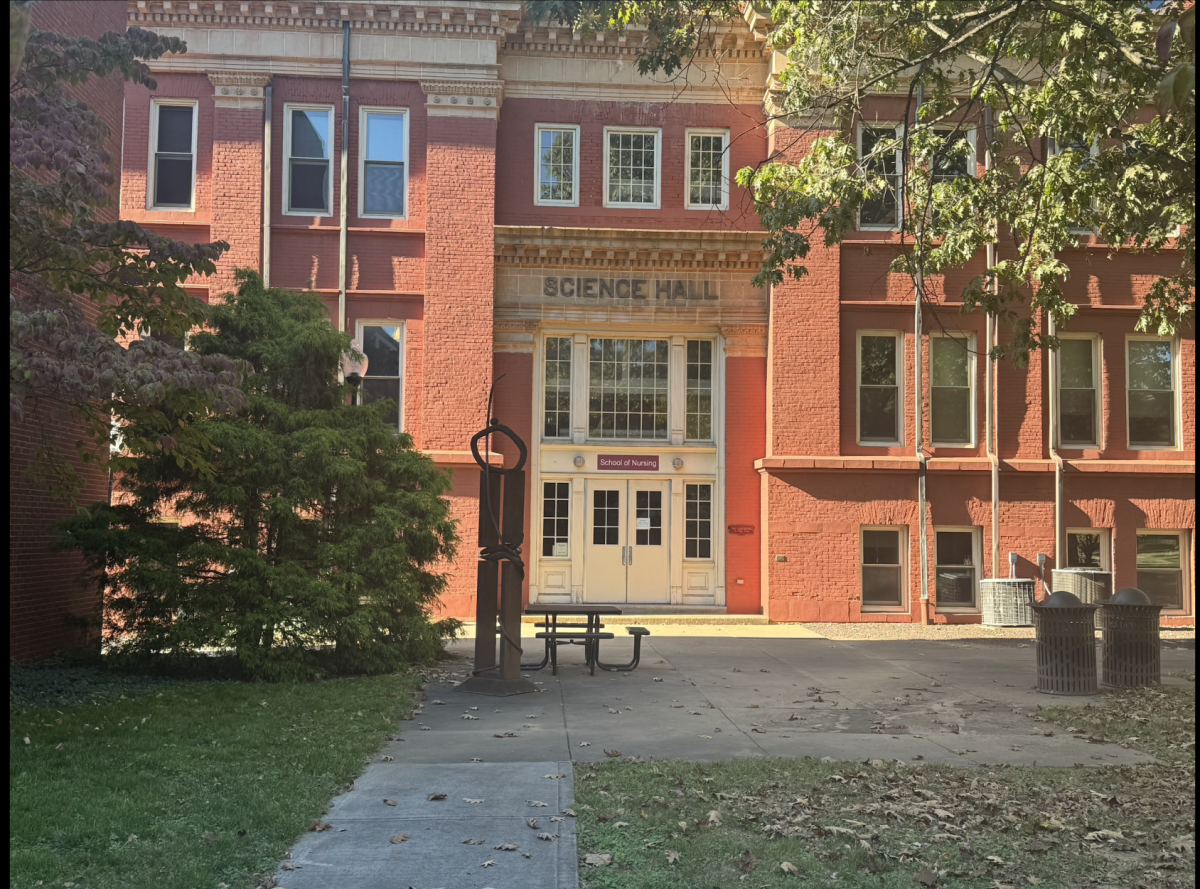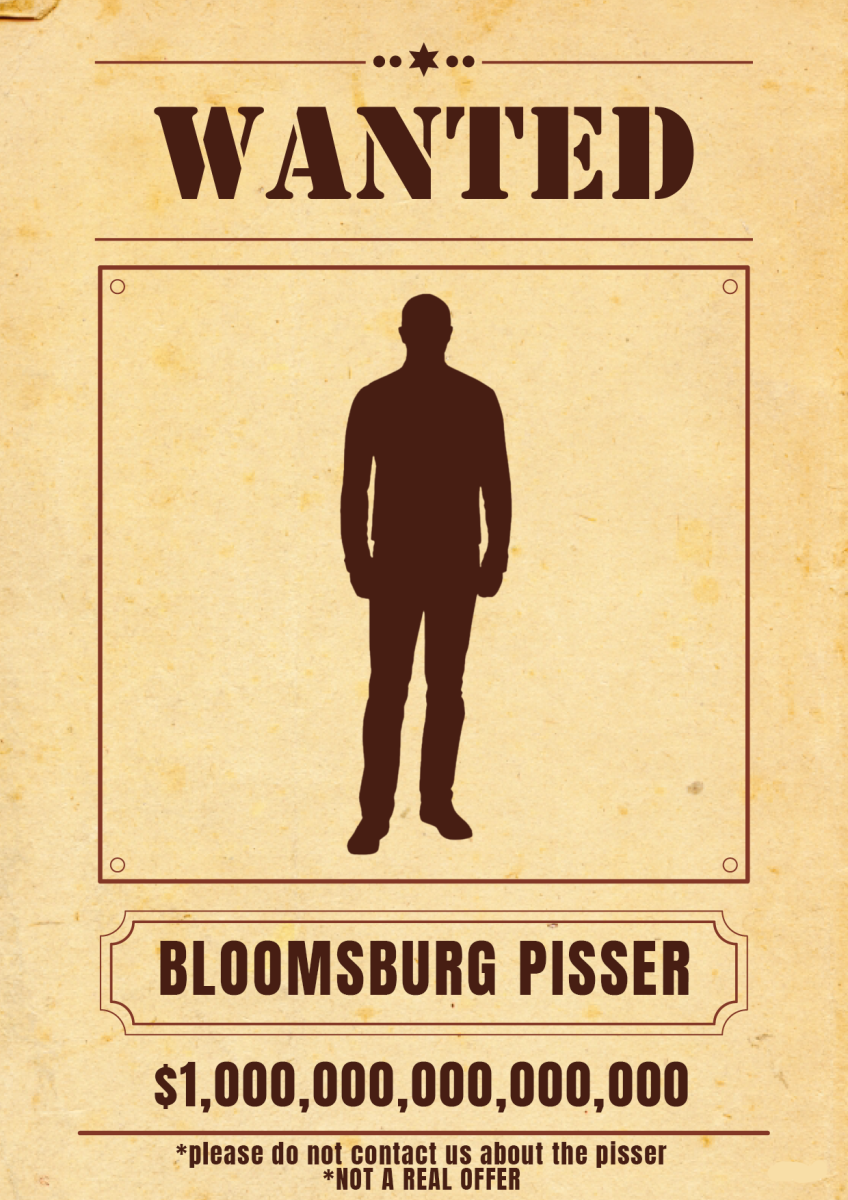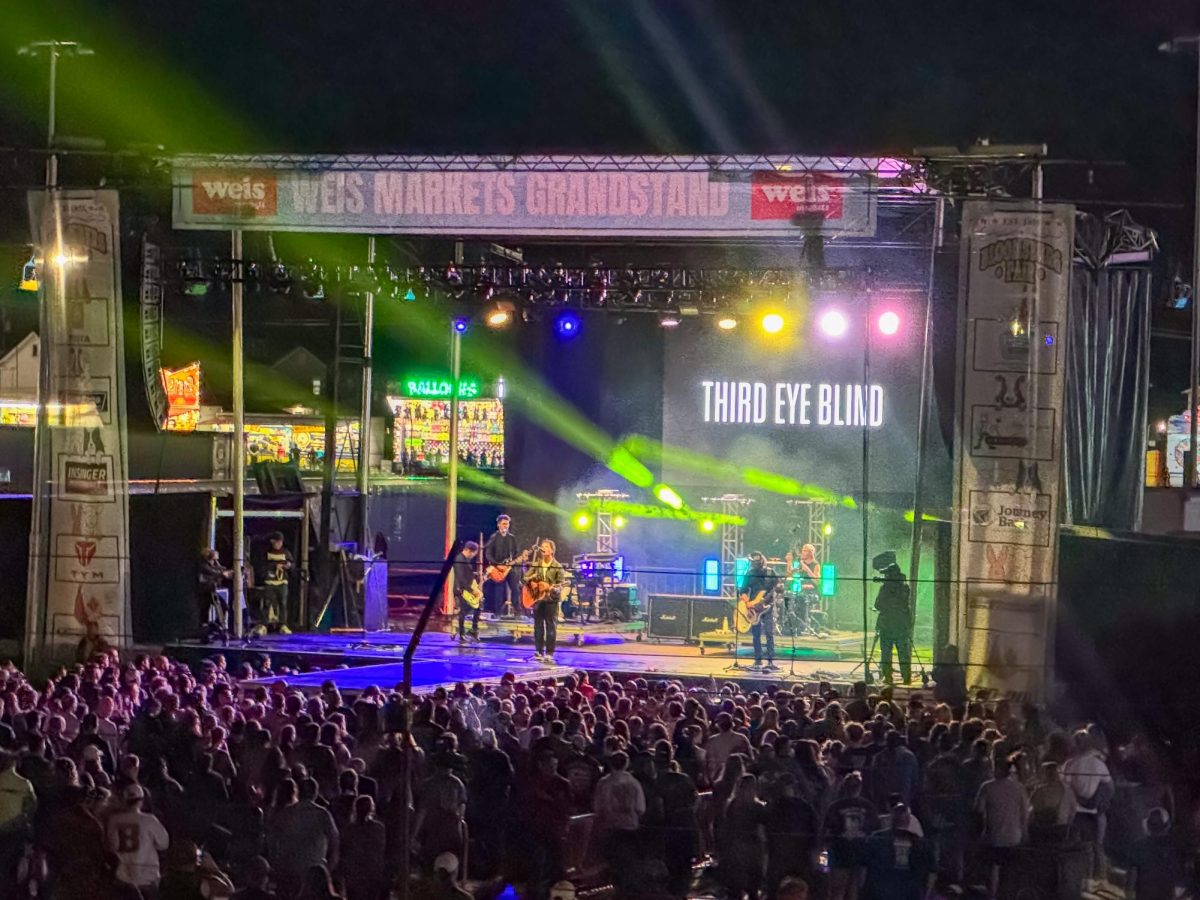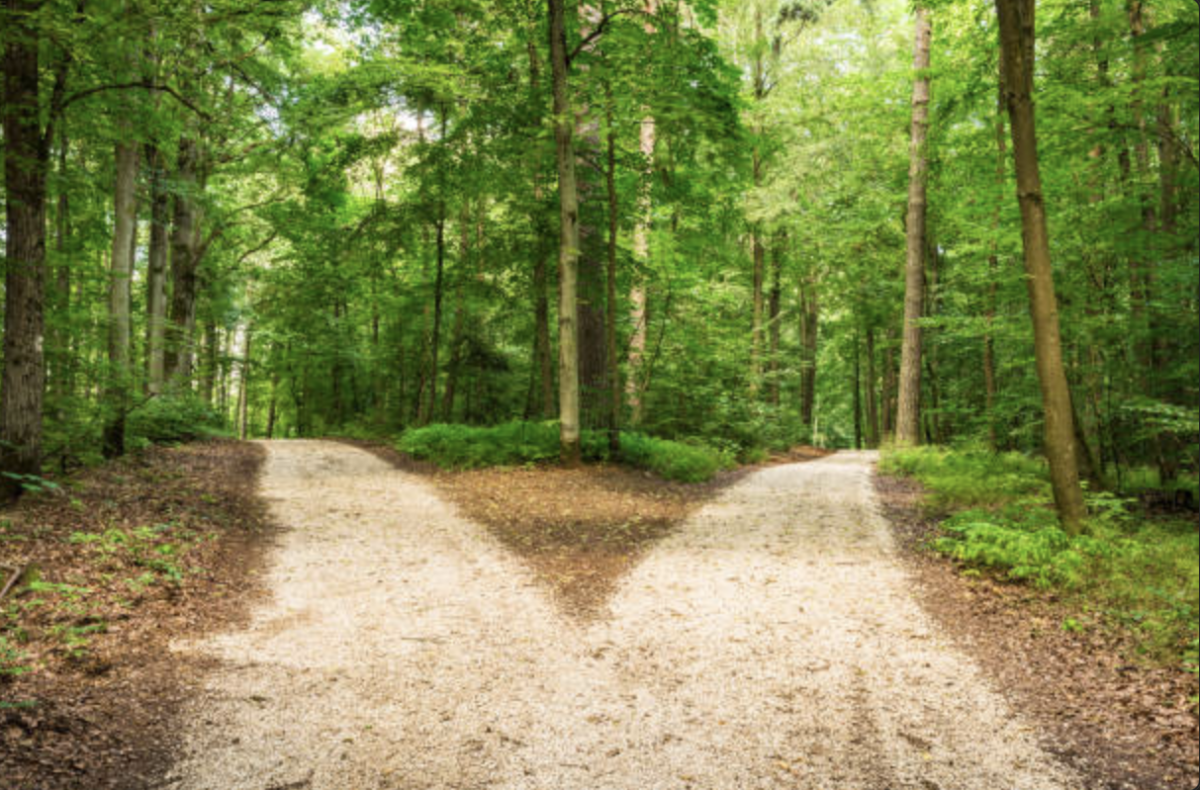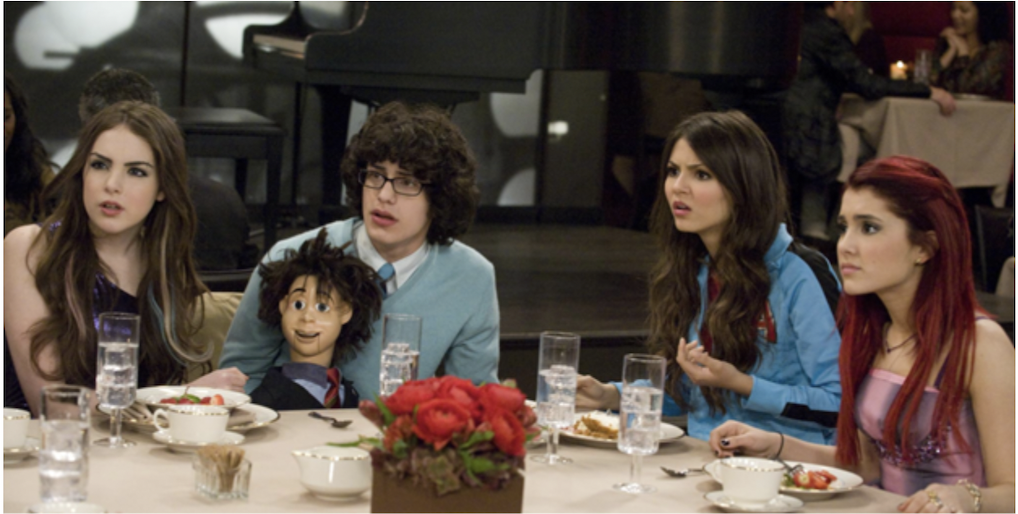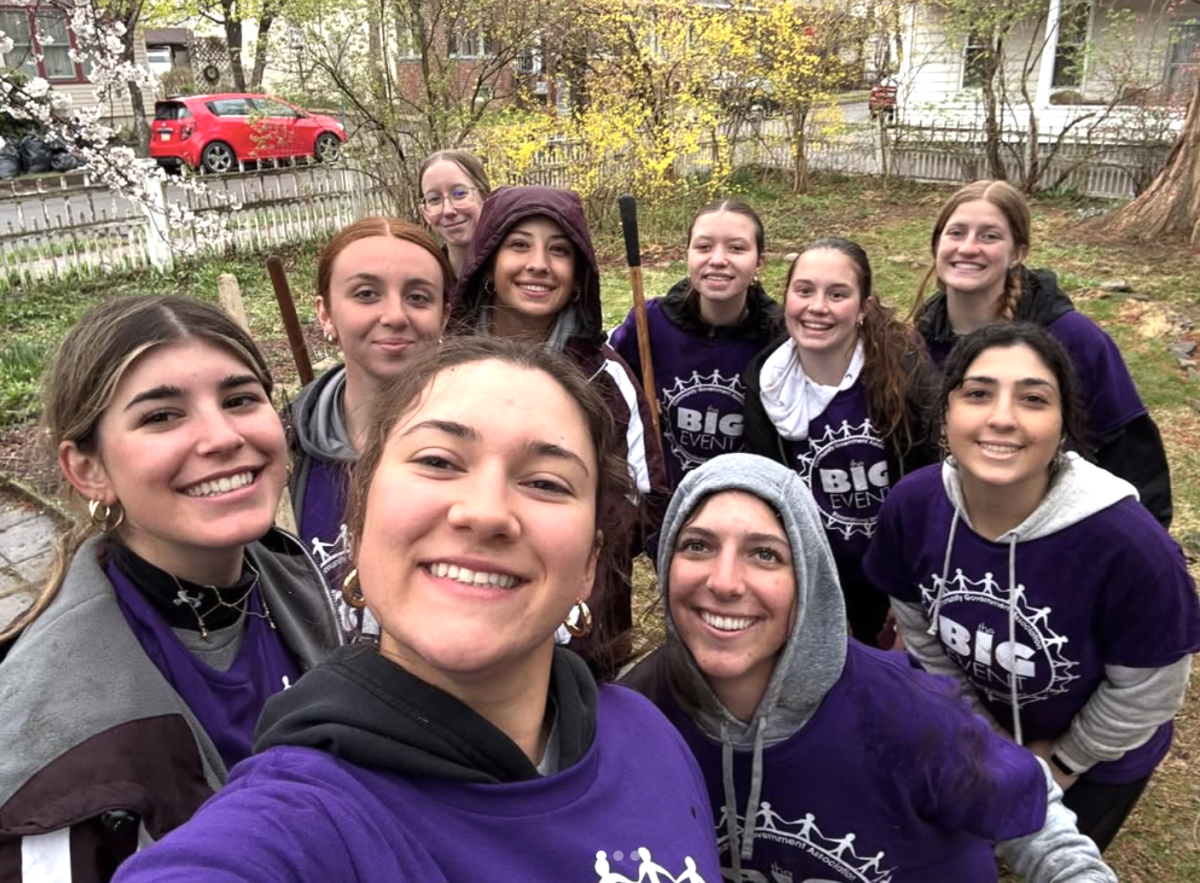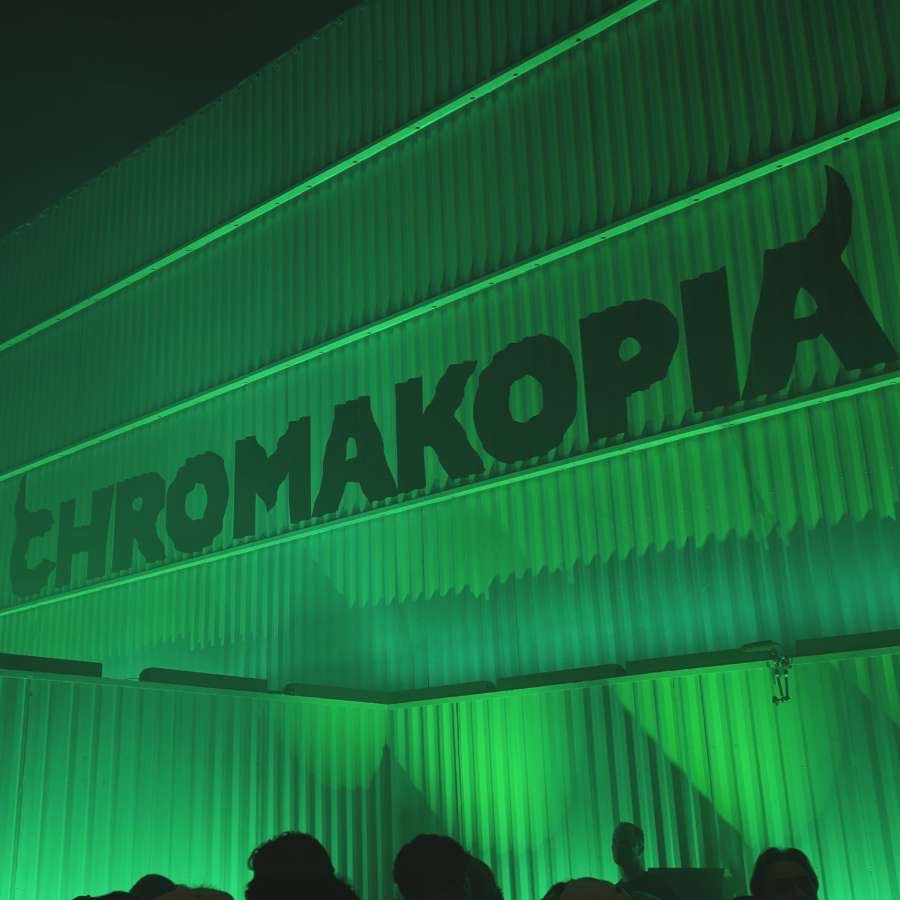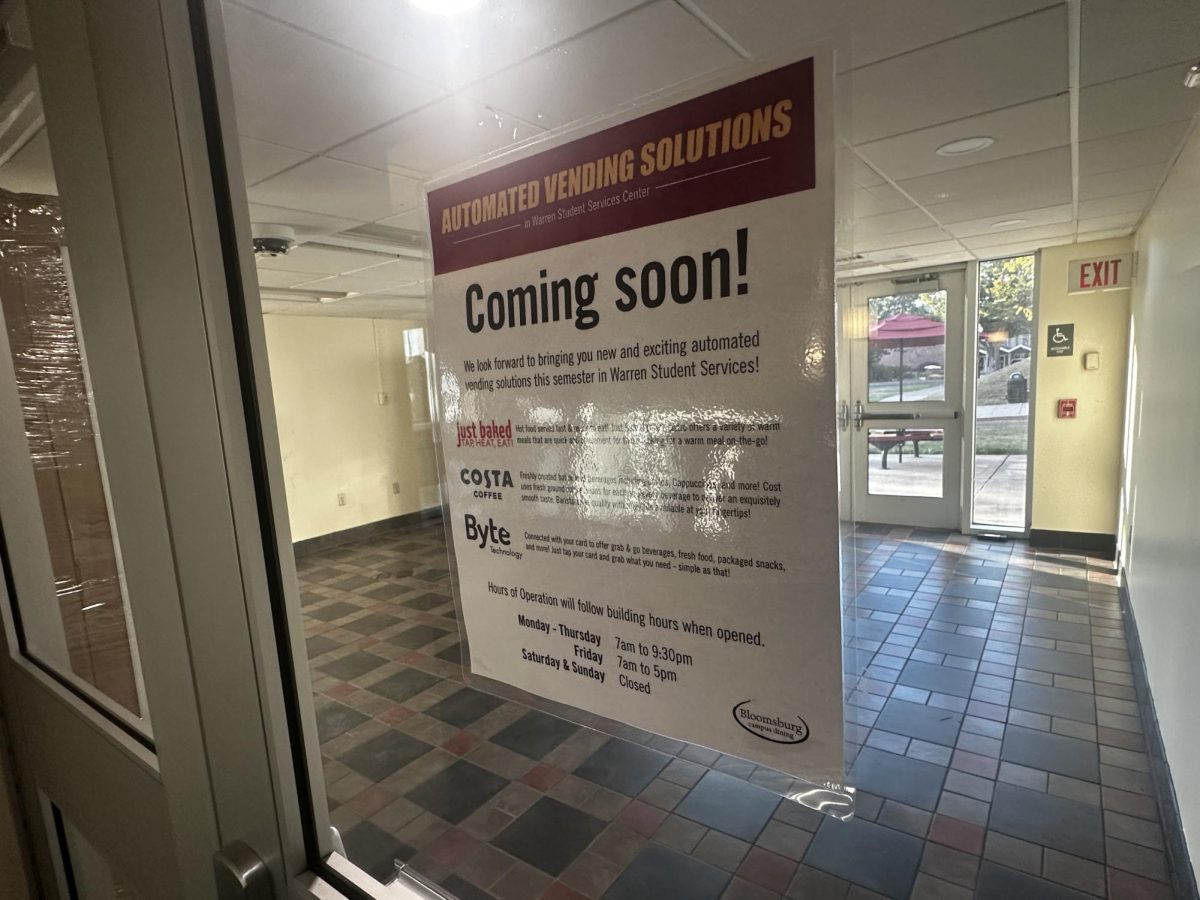I am well aware this week’s issue is out on Nov. 1st. Technically, Halloween is over and many of you are already in holiday sweaters. But Halloween was yesterday and you still have a month until the respective holiday you and your family celebrates.
So, I’ll take the chance to tell you guys all about the spookiest time of the year while you enjoy your pre-festivity eggnog. Just don’t put up your Christmas lights yet, please.
Like any good story, let’s start at the beginning. Originally, Halloween started as an ancient Celtic festival known as Samhain. People would light bonfires, and much like today, wear costumes.
Whereas we wear our costumes for purposes of being scary or sexy, the costumes donned by the Celts were made to scare off ghosts; they weren’t jumping out from behind trees to scare each other like we do today.
From there, Pope Gregory III designated November 1 as All Saints Day, and the night before affectionately called “All Hallows Eve”.
Well, us humans hate mouths full of words, so we changed the name to Halloween. Even still, the holiday wasn’t celebrated in full like it is today until the mid-nineteenth century. You can thank the Irish immigrants for popularizing it again, actually.
Now that we have a very brief history of Halloween, let’s add some anthropology to it. How do other cultures celebrate Halloween, or at least their variation of it?
Ireland still has some roots to their Celtic ancestors in their celebrations, using bonfires and a fruitcake that contains coins, buttons, and rings for fortune telling. More popularly known is the Mexican and Latin American celebration of Día de los Muertos; the Day of the Dead.
Romania, however, celebrates the “Day of Dracula.” Already known for being the home of the original Dracula, Vlad the Impaler, the Romanians naturally use our morbid curiosity to their advantage. Tourists from all over the world will come to the infamous Bran Castle to go on specialized Halloween tours, and travel packages can be arranged for the sake of a good historic scare.
Farther east is Japan, who holds an annual Halloween parade in Kawasaki, just outside of Tokyo. For over twenty years this parade has been the biggest of its kind in the country; but if you want to join in on the fun, you’ll need to apply two months in advance.
Meanwhile, Hong Kong celebrates the Hungry Ghost Festival. Though actually celebrated in mid-August to mid-September, the festival serves to feed the hungry ghosts so they can have food in the afterlife.
Jumping back to Europe, All Saint’s Day is a nationally recognized holiday in Italy. The tradition is honored by Italians leaving fresh flowers on the graves of departed loved ones. A red candle is also placed in the window at sunset, and a place is set at the table for those spirits. All Saint’s Day itself is still celebrated worldwide, mostly by those of Catholic faith.
One last fun fact while we’re on the topic of spirits: Some in Germany hide their kitchen knives so the dead don’t harm themselves or the living with such sharp objects.
Although the idea of Halloween has vastly stretched out and become many different things (some even appearing to have no actual connection to the way we celebrate it), we can all agree it’s still a fun thing to celebrate.
Costumes, candy, and getting a chance to respect the loved ones no longer with us. After all this, it’s crazy that you guys still prefer Christmas. I, for one, will continue rewatching John Carpenter’s “Halloween” until after Thanksgiving. Happy early holidays!
Rachel is a senior Anthropology major and the president of the Anthropology Club.


